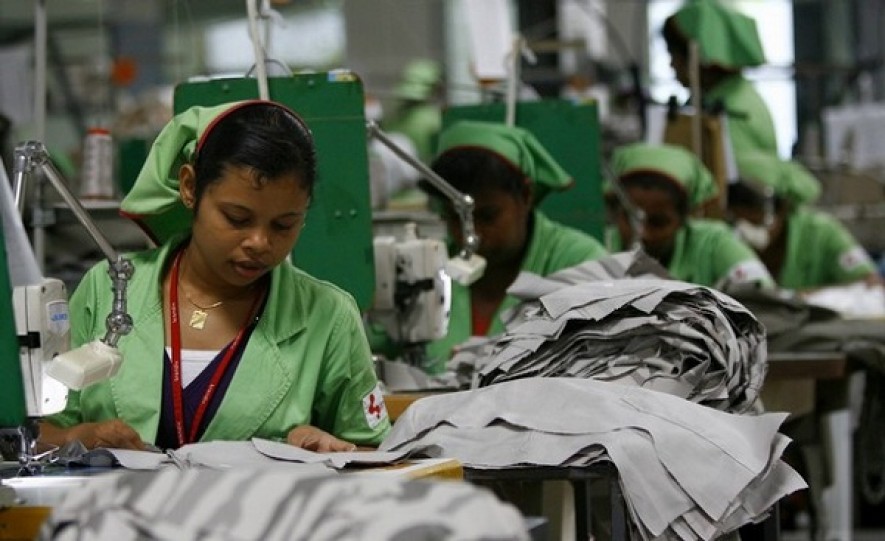

sri lankan textile women workers’ crisis


The pandemic had been difficult enough. Now, Sri Lanka is dealing with an economic crisis that is having an effect on low-wage female garment workers who create clothes for wealthy women in the West.
Shutdowns, shortages, salary issues, and imminent strikes are plaguing the country, with the women workers’ support of the garment sector bearing the brunt of the consequences.
Many rural, low-income women have already sacrificed their jobs or report taking out loans or working extra hours to earn a living each month.
Sri Lanka is in the midst of its biggest financial crisis since its 1948 independence, with foreign exchange reserves down 70% to $2.36 billion in January this year.
The nation is battling to pay for importing goods such as food, medication, and fuel due to the dollar shortage.
Women make up around eight out of ten workers in the sector, with the majority coming from rural areas.
They, too, are responsible for taking care of their families. The cost of food and home goods has risen significantly in recent months. Plus their workload has increased dramatically, resulting in 12-hour shifts and 6 days a week schedule.
Padmini Weerasooriya has been a trade unionist for more than 20 years in Sri Lanka. She put lots of effort into unionizing women workers. Defending the women workers she said,
With around 300 companies producing garments for tens of well-known global brands, garment manufacturing is Sri Lanka’s second largest source of foreign revenue.
The industry generates 6% of the country’s overall GDP, employing 3,50,000 people directly and another 700,000 indirectly.
Radio Free Asia (RFA), a U.S. government-funded news network that broadcasts in nine Asian languages, has virtually fired everyone in…
The Trump government revealed its intent in action to consider layoffs on a grand scale, under which agencies of the…
The Trump administration has launched a sweeping initiative to monitor around 450,000 unaccompanied migrant children who were placed during the…
During the May half-term Gatwick Airport could experience delays because workers from two different groups plan to strike about pension…
A serious injury at a construction site has netted a 49-year-old union worker a $5 million settlement. The attorneys Kenneth…
WWE took a surprising decision to lay off multiple departments only a short period after the historical success of WrestleMania…
This website uses cookies.
Read More